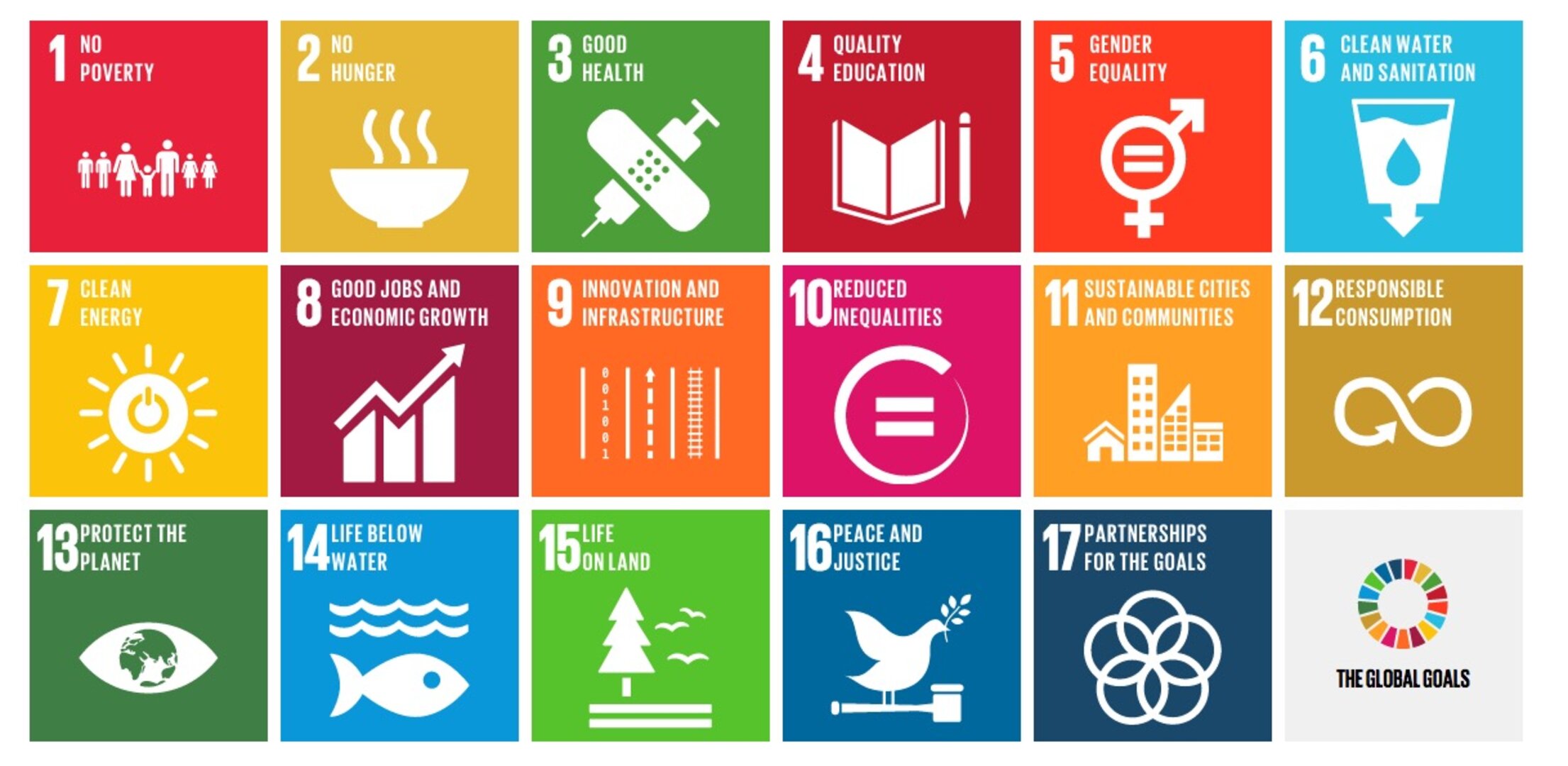
Carbon removal by speeding up rain and wind
Enhanced Rock Weathering (ERW) offers a promising solution in the fight against climate change. It actively captures and stores carbon dioxide (CO2) from the atmosphere by accelerating natural rock weathering processes. ERW employs crushed rocks or industrial by-products rich in silicate minerals, spread strategically on soil to trigger a reaction that forms stable carbonates.
The process of enhanced rock weathering
Continuous optimization and development of the below process is key. Measures include choosing the most reactive rock types, grinding the material finely to increase surface area, and applying it in conditions that promote efficient carbon capture.
- The first step in ERW is selecting rock material, typically crushed rocks rich in silicate minerals like basalt work well for this type of carbon removal. Other options include surplus from quarries and non-toxic industrial waste, supporting circular economy principles. The size of the rocks matters, as rock crushed to powder has a higher surface area to react with rainwater.
- The rock material is then spread on agricultural land, forests, abandoned costal land or suitable areas using standard agricultural equipment.
- When the rock (powder) comes into contact with rainwater, a chemical reaction occurs, similar to how sugar dissolves in water but taking years to decades. This process dissolves CO2 from the atmosphere in rainwater, forming carbonic acid. The acid then reacts with the minerals, leading to the formation of carbonates and the stable storage of carbon.
- Monitoring stations and research projects are set up to track the effectiveness of ERW and quantify CO2 sequestered (see below for more details).
- Carbon credit certification is an option for ERW projects, enabling the generation of carbon credits representing the amount of CO2 removed. These credits can be sold on the voluntary carbon market to support sustainability leaders to neutralize unavoidable emissions.
Co-benefits of enhanced rock weathering
ERW offers multiple co-benefits, making it a holistic climate change mitigation methodology.
- Improving soil health: ERW materials, such as crushed basalt, release essential nutrients including magnesium, potassium, and calcium. This boosts the nutrient level, and crop growth, which can ultimately lead to better yields.
- Substituting fertilizer: ERW applied to agricultural land enhances overall soil health, reducing the need for costly (chemical) fertilizers.
- Balancing ocean acidity: ERW helps counter ocean acidification by raising the ocean’s pH.
Challenges of enhanced rock weathering
ERW faces challenges that must be addressed for effective carbon removal.
- Energy-intensive processes: rock mining, grinding, transportation, and spreading can be energy-intensive. Sustainable sourcing and renewable energy use are crucial to maintaining a low carbon footprint. All emissions from the production are netted off before carbon credits can be issued, ensuring a true net-zero footprint of ERW project developers.
- Toxic heavy metals: some rock types may contain toxic heavy metals, requiring careful selection and testing to avoid adverse effects on ecosystems and human health.
- Delayed effect of CO2 removal: ERW is a gradual process, occurring over years and decades. While offering permanent carbon storage, it may not address urgent climate challenges requiring rapid carbon drawdown.
Measurement, reporting, and verification (MRV)
Accurate quantification of CO2 sequestration is vital for ERW implementation and verification. Consider the following points:
- Total alkalinity (TA): initially considered for quantification, TA may not suit acidic soils with low pH values.
- Dissolved inorganic carbon (DIC): measuring DIC accurately proves more effective for quantifying CO2 sequestration. This approach uses specialized analytical instruments to quantify carbon dioxide, bicarbonate, and carbonate ions in solution.
- Field monitoring and research: ongoing research and field monitoring efforts improve quantification accuracy and validate ERW’s effectiveness in diverse environments.
Conclusion
Enhanced rock weathering presents a promising and sustainable approach to combat climate change by actively sequestering CO2 from the atmosphere. Despite challenges, its co-benefits and potential for scalable carbon removal make it a valuable addition to climate mitigation efforts. With continued collaboration, ERW can help companies compliment their climate strategy and neutralize unavoidable emissions.
Do you want to learn more or review our ERW projects? Reach out to our team to set up a free consultation.


